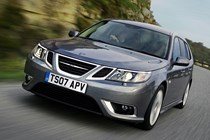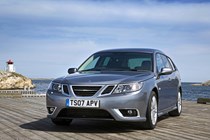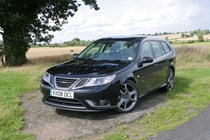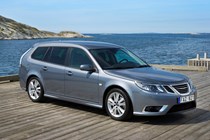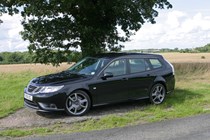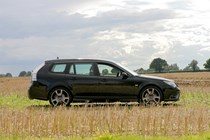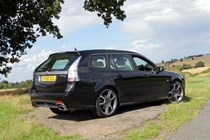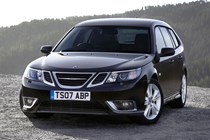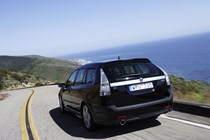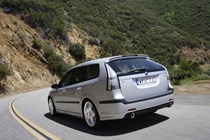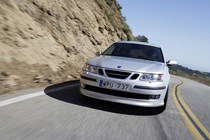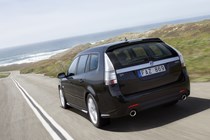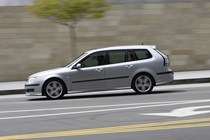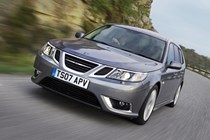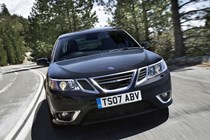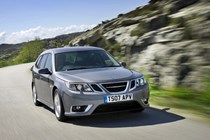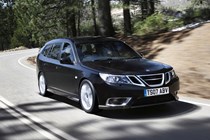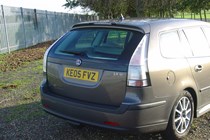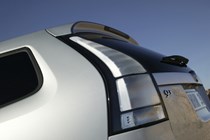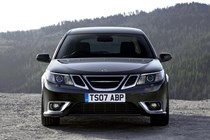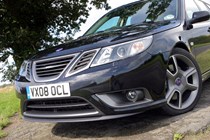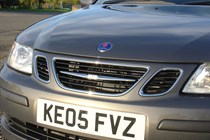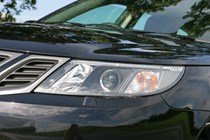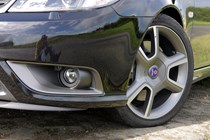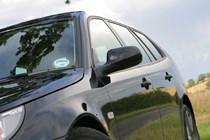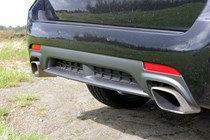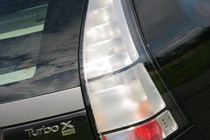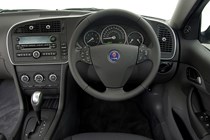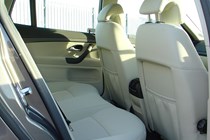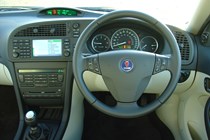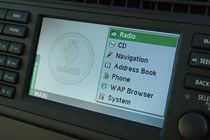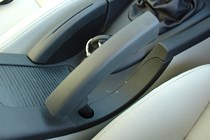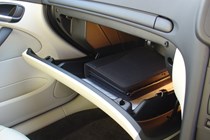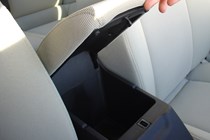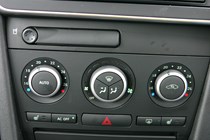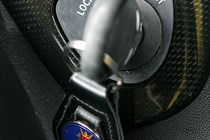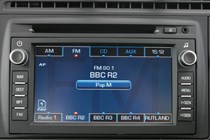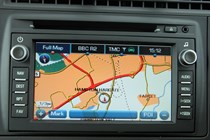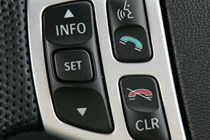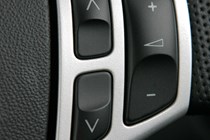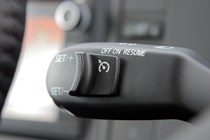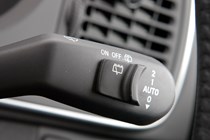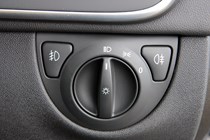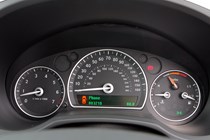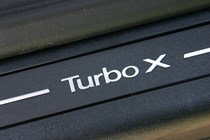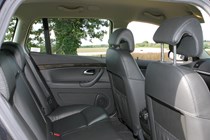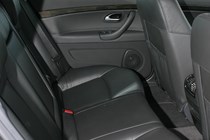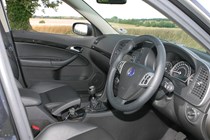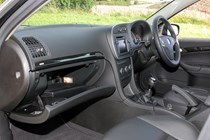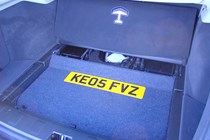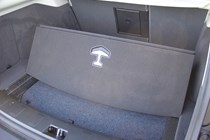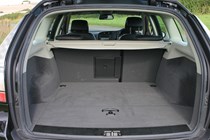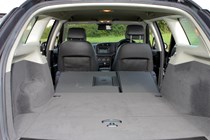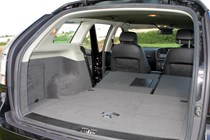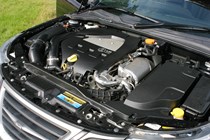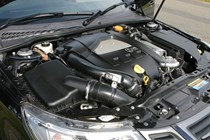
Saab 9-3 Sportwagon (2005-2011) engines, drive and performance
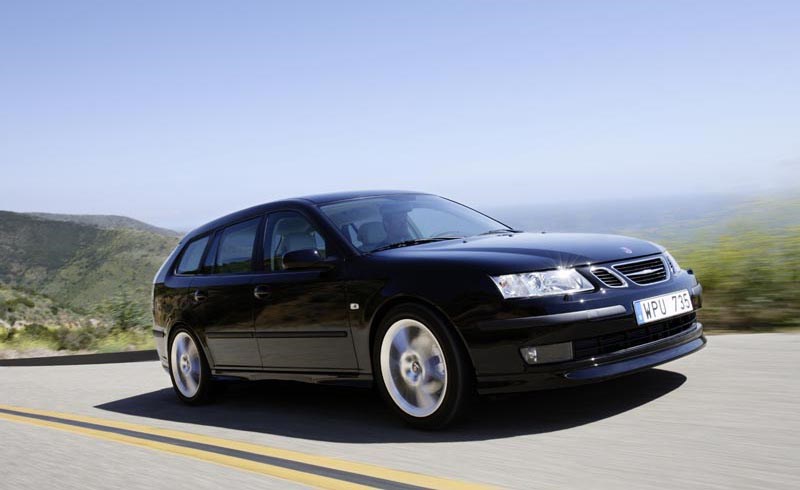
There’s a single, non-turbo 1.8-litre petrol engine at the bottom of the line-up which is a little sluggish but the rest of the range all use turbochargers and Saab 9-3 Sportwagon performance is good as a result. The 1.8t engine with 150bhp offers good pace with a 0-60mph time of 9.7 seconds but the 2.0-litre is the pick of the petrol range – it’s available with 175bhp (badged 2.0t) or 210bhp (badged 2.0T) and the latter has hot hatch acceleration with a 0-60mph time of 7.5 seconds.
At the top of the range is the 2.8-litre V6 with 255bhp. It sounds wonderful and is silky smooth but it’s expensive and fuel economy is a poor 28mpg. The diesels represent the better choice for most drivers – the newer unit on offer is a 1.9-litre engine but it comes in different outputs. The 120bhp and 150bhp versions are impressive and offer good in-gear punch for overtaking while averaging economy of around 50mpg.
But for even more performance there’s a 1.9TTiD version that uses two turbochargers to produce 180bhp and superb pulling power. It’s a real gem of an engine and great for motorway driving where it will pull effortlessly. There are also two BioPower engines available (a 1.8t and a 2.0t) which can run on petrol and/or bioethanol E85. They offer more power and better performance than the standard petrol equivalents, however bioethanol fuel is only available at a handful of filling stations in the UK.
The ride is excellent on standard models, smooth over every surface, without being wallowy. The handling is good but the steering can be a little slow at times and diesel versions can feel a little nose heavy in corners. It’s safe and competent but not very enthusiastic. Sporty Aero models feature low profile tyres and firm suspension which brings added composure at speed, but really shows up the rough surfacing on UK roads.
The more powerful models can struggle to find traction under hard acceleration in slippery conditions which can be felt through the steering wheel. It is less of an occurrence on lower powered models and those equipped with an automatic gearbox though.


